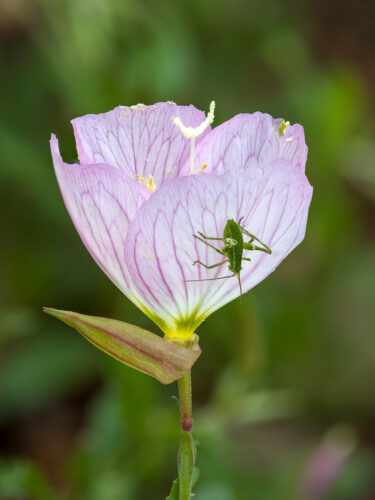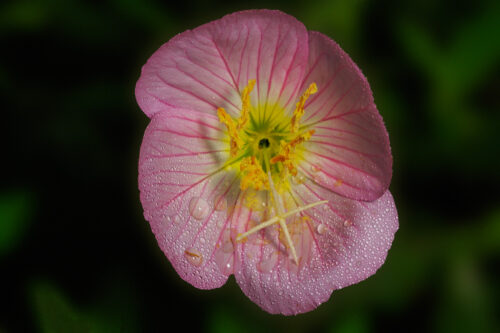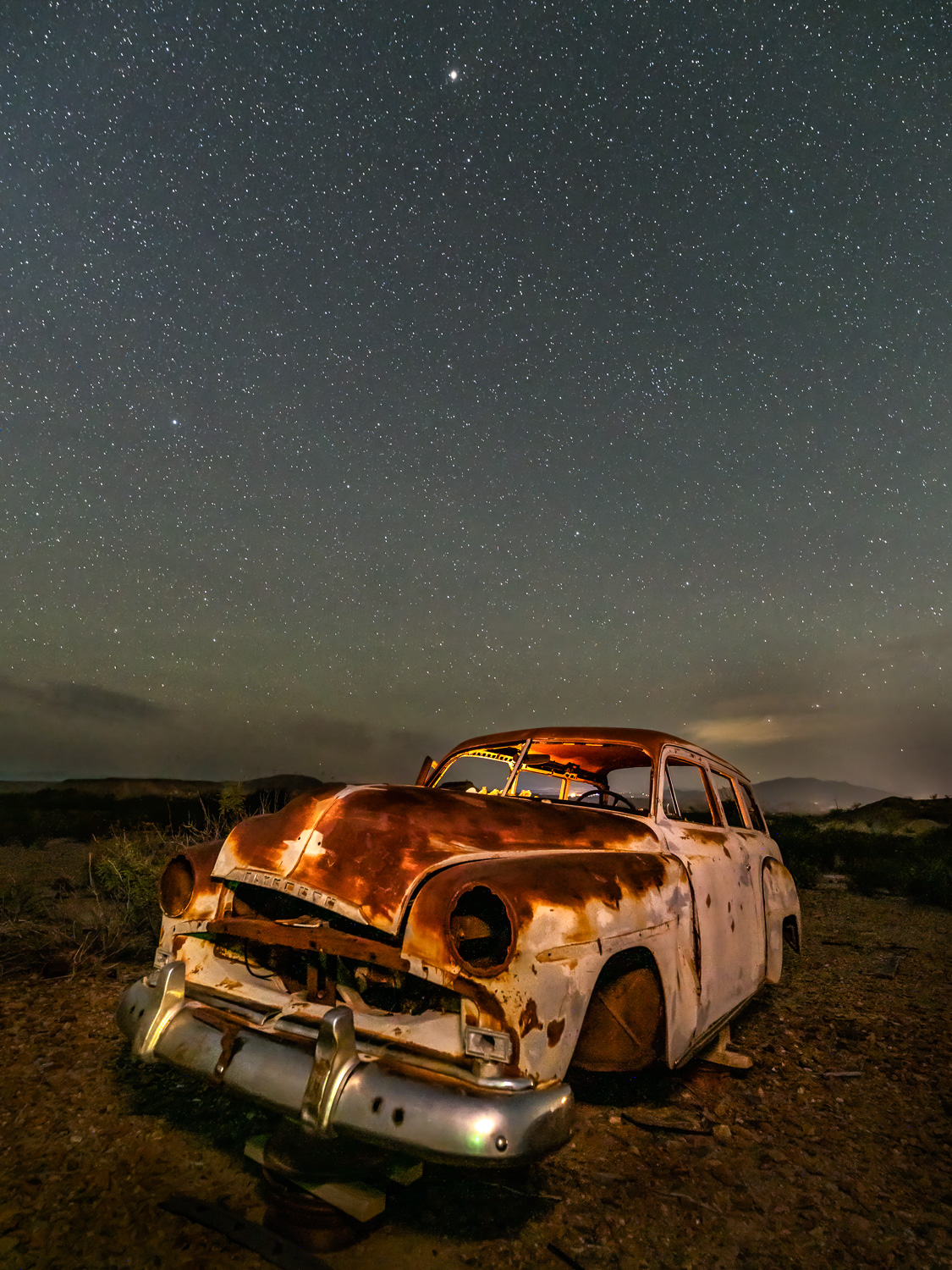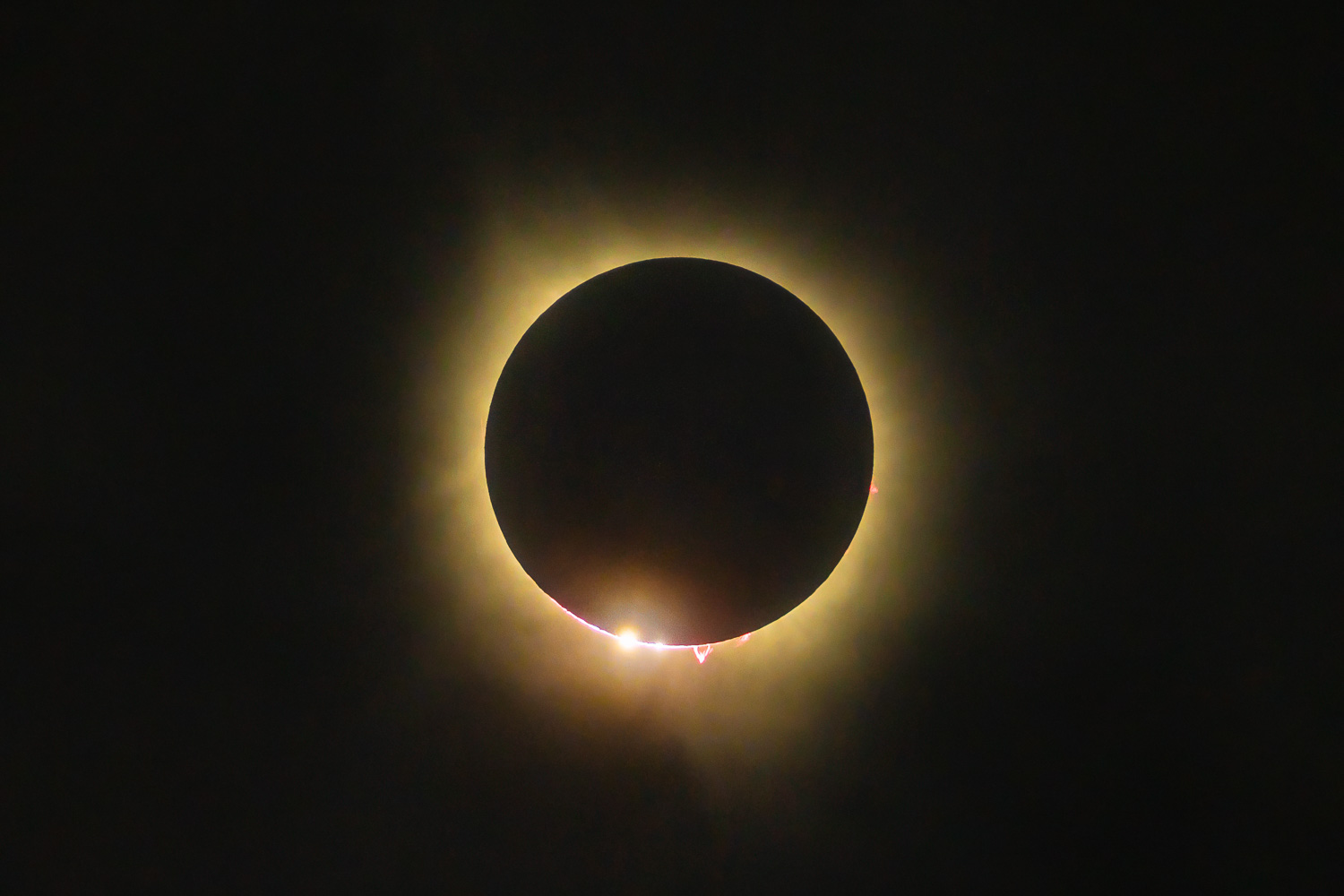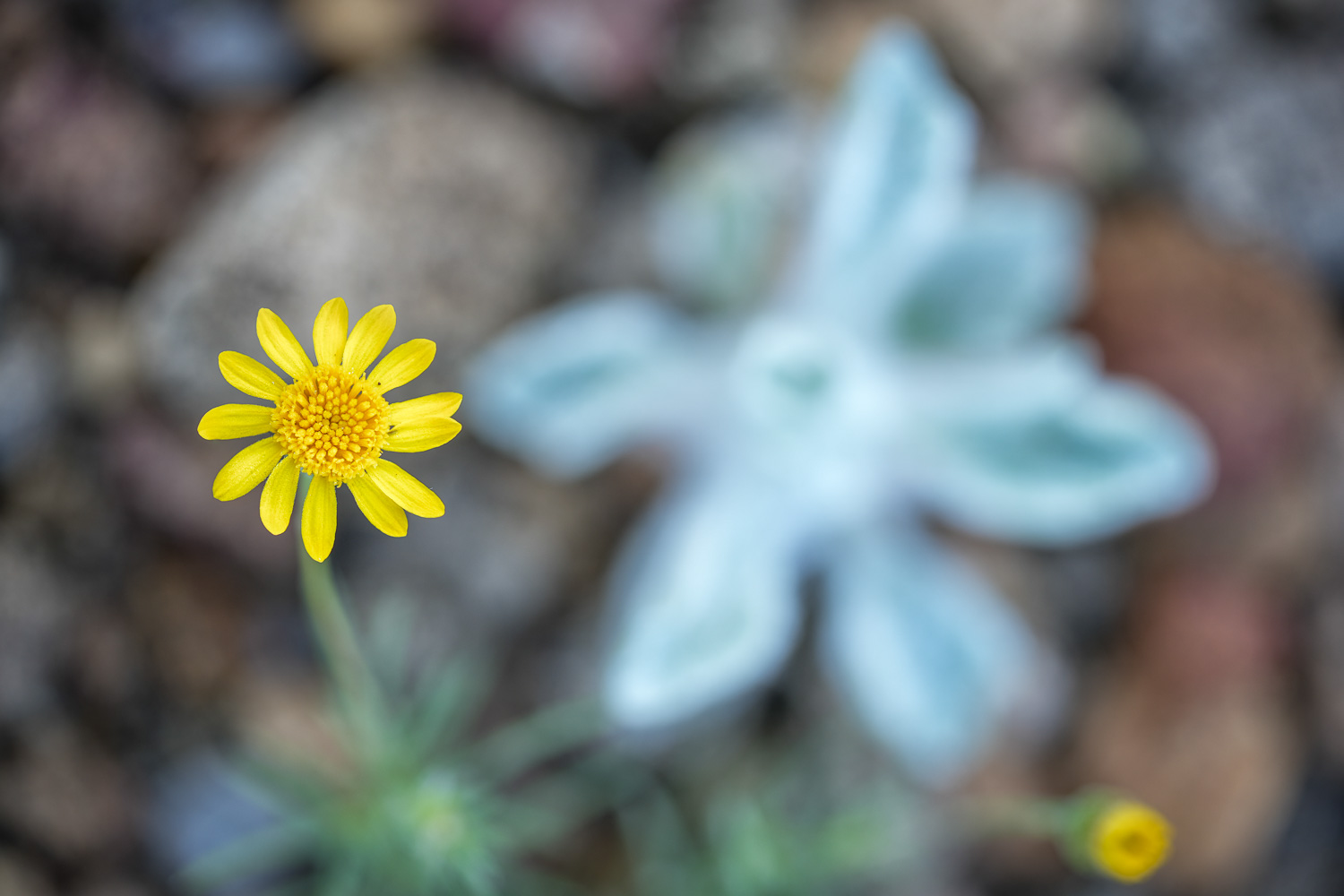Pink Evening Primrose (Oenothera speciosa)
Description: Originally native only to central grasslands from Missouri and Nebraska south through Kansas, Oklahoma, and Texas to northeastern Mexico, Pink ladies or Pink evening primrose is an upright to sprawling, 1 1/2 ft. perennial, which spreads to form extensive colonies. Its large, four-petaled flowers, solitary from leaf axils, range in color from dark pink to white. Nodding buds, opening into pink or white flowers, are in the upper leaf axils on slender, downy stems. The delicate-textured, cup-shaped blossoms are lined with pink or red veins. Foliage is usually linear and pinnate, although leaves can be entire and lance-shaped depending on locality. A hardy and drought-resistant species that can form colonies of considerable size. The flowers may be as small as 1 (2.5 cm) wide under drought conditions. The plant is frequently grown in gardens and escapes from cultivation.
As the common name implies, most evening primrose species open their flowers in the evening, closing them again early each morning. The flowers of some members of the genus open in the evening so rapidly that the movement can almost be observed. Pink evening primrose populations in the southern part of its natural range, however, open their flowers in the morning and close them each evening. To further complicate matters, populations in the northern parts of its range tend to open in the evening.
Family: Onagraceae
Synonym(s): Hartmannia speciosa, Oenothera delessertiana, Oenothera speciosa var. childsii
USDA Symbol: OESP2
Duration: Perennial
Habit: Herb
Size Class: 1-3 ft.
Bloom Color: White, Pink
Bloom Time: Feb, Mar, Apr, May, Jun, Jul
Water Use: Low
Light Requirements: Sun
Soil Moisture: Dry
Bloom Notes: In the southern parts of its range, blooms tend to be darker pink or rose and to open in the morning. Northern populations are often paler or white and night-blooming. An average coloration would have shell-pink blooms that transition to white in the center and are veined in a deeper pink. Flowers release a scent starting at dusk. In the most southerly parts of its range, from Chihuahuan Desert grasslands to northeastern Mexico, blooms whenever temperatures are above freezing. Elsewhere, blooms are heaviest during spring, with blooms diminishing in size as the weather gets hotter. Each flower lasts only a single day.
ATTRIBUTION: All of the Texas Wildflower images in this post are copyrighted and are the exclusive property of Terry B. Kahler. Reproduction without explicit written consent is prohibited. Some of the information contained in this section was taken from the Lady Bird Johnson Wildflower Center website and is being used under their terms of use. Redistribution from this site is prohibited. Additional information contained in this section was taken from the USDA website including the USDA code.
